Since earlier times, it was quite clear to us that whatever the sports or game it was. It always demonstrates massive benefits to us in one way or another. Sports not only enhance our physical skills but also help in enhancing our mental activities and skills too.
Nowadays, people are more inclined to outdoor games like baseball, basketball, golf, cricket, Wiffleball, etc. These games are only played well in an open area like sports complex or any playground, but due to the COVID 19 pandemic, everything is shut down, and people are facing many problems.
But have you ever wondered how good it would be if you have your Wiffle Ballfield in your backyard? Yes, your own Wiffle Ball Field, where you can play anytime without going anywhere out of your house, and no one will bother you.
So, let us learn how to prepare a Wiffle field in your backyard for which all you need is to keep in mind some of the straightforward and easy tips while having a building which includes:
A Rough Diagram of the Field
- The very first thing you must do is make a rough idea or a diagram of your field so that nothing can be missed out while getting the field which includes-
- Space you need for your field (based on the size of your building)
- The dimension of your field (Wiffleball creators mention no official dimension)
- For which age group you need the field, either younger ones or older ones.
- Design of the field
- Pitches of the field
Location
The size of the field depends upon the area you are possessing. Most probably, the width of the field is 40-60 feet only in case if you possess less or small land area, and it goes till 100 feet if you have a large area.
You can also go for the confined area by digging poles or by putting fences all around the field, but before drawing the pitchers and plates, always make sure that either choose a flat or plane land area for easy-going, but if you want grassy land, then also take care of it that the grass is trimmed correctly.
Apart from this, never go for the dirty or muddy land area as it causes so many problems in the rainy season, and sometimes it also causes injury if someone slipped out in the wet mud area. So, for the safest side, one should choose the dry and bare land area.
Tools Required for Marking and Measuring
- Chalk/ White paint
- Measuring tape
- Fences (for the target area and boundary)
- Rubber home plates
- Home plate turf mat (for batter box)
Measure the Target Area
To measure the target area of your field, the best way to begin is with the outer boundary of your field because it is the simplest and convenient way to mark. You can also use wired fencing or a wall if you have no paint. The minimum height is 4-5 feet, and the maximum height is 15-16 feet, whereas the width is from 30 feet to 100 feet, which is from the target plate to the target area.
Dimensions of Playing Field
The field measurements will be as per the following:
- Thirty-five feet between bases, 50 feet among home and second.
- Pitcher’s hill will be 42 feet from home plate.
- The privilege and left-field foul shafts will be 95 feet from home plate, and straight away center field will be 105 feet.
- There will be circular segments at 15 feet, 45 feet, 65 feet, and 85 feet to demonstrate hit territories.
Equipment required
For playing Wiffle ball, all you need is one Wiffle Bat and a pair of Wiffle balls (in case the ball is lost or torn). For playing this game, the minimum players are two, and the maximum players are 10. If, by chance, a ball is torn more than ¼ inch, it will be administered illicit for play and will be expelled from the game.
Parks and Recreation will provide Franklin Powerhouse Pro-Style plastic bags for use (might be chargeable). People may bring their own Bat. The Bat must be made of open center plastic with a barrel measurement no more noteworthy than 2 inches and should be endorsed by Parks and Recreation before use.
Bats with a “sweet spot” will not be permitted. Tape and different holds will be permitted on the handle of the bats up to 10 creeps from the base. Alliance authorities reserve the option to review any bats being utilized, and as it were, they can pronounce if the Bat is legitimate or unlawful for play.
Finally, baseball gloves are not permitted. Players may wear batting gloves.
Drawing fouls lines of the game
Carefully measure down the foul lines from the grand slam, highlight the command post 60-100 feet, and spot your home plate. Make sure to deliberately stamp your foul lines using paint, white flour, or chalk. It is up to you if the left and right foul lines are the equivalents or various lengths.
Batter Box
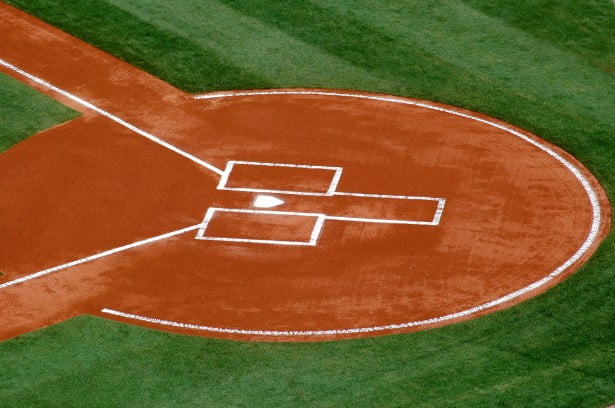
Image Source – https://hersportscorner.com/the-batters-box-2/
Batter box is a rectangular shaped box which is usually drawn on the field for the batter so that he will stand in the drawn box to swing at the pitch. Usually, there are two batter boxes in the Wiffle ball field. One is on the right-hand side, and another one is on the left-hand side.
The batter can use any one of the batter boxes according to his comfortability. (switching batter box in between the game is not allowed). The width of the batter box is 4 feet, and length Is 6 feet. It is always placed lengthwise, not according to the width.
The correct position of placing the battery box is at the center of the home-plate within the line of each batter box near the home plate’s edge.
Set Pitches
- The target strike zone will be 32 inches high by 22 inches wide and will stand 18 inches off the ground. The zone marker is made of a PVC frame with a metal strike plate attached to the frame. The strike plate will have a 4-inch distance across the opening in the center.
- In request to be known as a strike, a pitch must hit the metal strike plate. Pitches that hit the PVC outline are a ball. A pitch that passes through the hole in the plate will be an automatic strikeout.
- The pitcher is must-have in any event one foot contacting the elastic when he delivers the ball. If a ball is pitched in violation of this rule, the pitch will be ruled a ball.
- A foul tip that hits the strike zone on the third strike is an out.
- A different pitcher must pitch each inning. Once a pitcher has pitched an inning, they may not pitch again unless the team goes into extra innings.
- Pitchers must face one complete batter before being replaced. Pitchers may be relieved by either a fielder or a player on the bench; they do not apply to the fielding substitution rules in C-6
- The pitcher that records two outs will be considered to have pitched the inning. If three different pitchers record one out each, the final pitcher will be considered to have pitched the inning.
Overview of the Game
- Games will end following five innings or an hour from start time, whichever starts things out.
- At least three innings must be finished all together for a game to be viewed as complete.
- A 15 run “benevolence rule” applies after three complete innings, and 12 pursues four innings.
- In extra innings, the two groups will begin with a sprinter on second. This configuration happens right away after the finish of the fifth inning.
- Announcing the official score will be the duty of the triumphant group’s chief.
- Teams must play every single planned game. The inability to do so will bring about relinquishment.
- All groups and players will cling to all principles of the class. Any infringement may bring about the launch of the game as well as association.
- Rules not expressed thus will adhere to the standards of Major League Baseball.

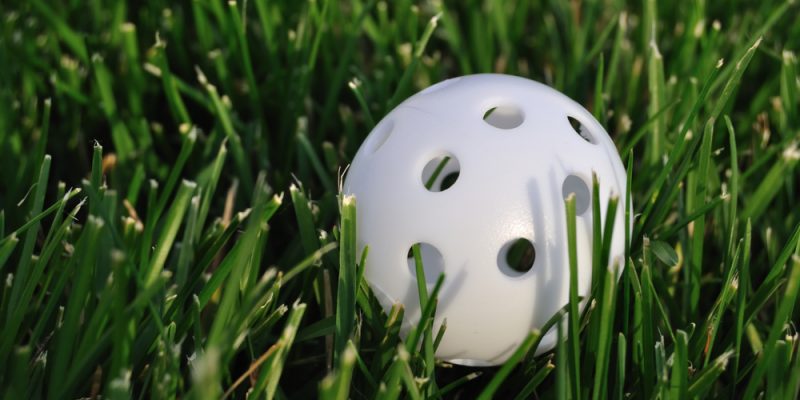
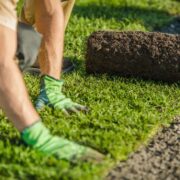
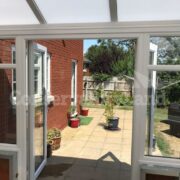


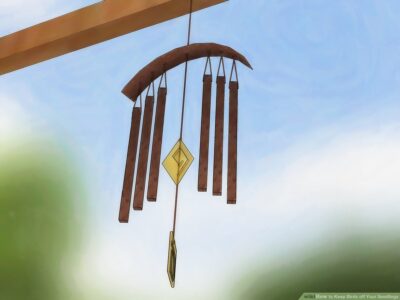

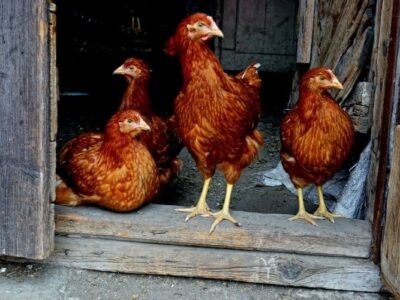
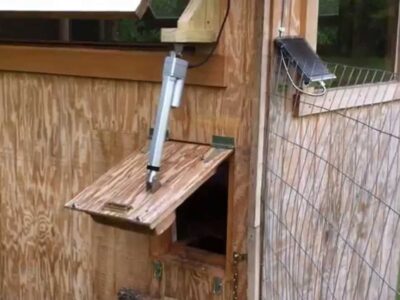


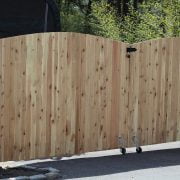

Comments